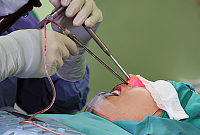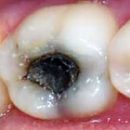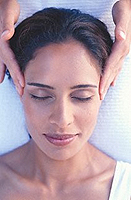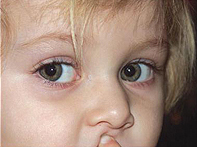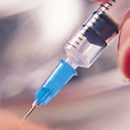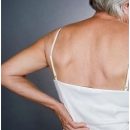Symptoms of hymorita. Signs of acute and chronic hymorite in children and adults and its treatment
Content
Schimorite, otherwise called the inflammation of the maxillary sinus, most often is the complication of transferred sharp respiratory infections. Perhaps the appearance of the disease due to the transfer of microorganisms from patients with teeth. But whatever the mechanism of the occurrence of the disease, the symptoms of the hymorite should be known to respond to the beginning of the disease.
Acute sinusitis, whose symptoms in children and adults differ little from each other, develops most often due to penetration into the sinus of microbes from the nose. Usually diseases precedes acute respiratory infection. Because of the edema of the mucous membrane of the nose, the mouth closure of the maxillary sinus. As a result of stagnation in it, the mucus, microorganisms begin to grow rapidly, causing the clinic of the disease.
First of all, the difficulty of nasal breathing on the side of the defeat appears. In parallel with this from the nose, the mucous or mucous-purulent secret is highlighted in large quantities. After playing, the situation with breathing does not improve — This is an indirect sign of engaging in the pathological process in the nose of its sinuses.
The main feature is still pulling, buttering, painting the pain of typical localization — Left or right from the nose. Sometimes she gives to the temple or even in the entire respective half of the face. When the head slope forwards, the pain is enhanced.
During the progress of the area of the affected sinus, the patient feels pain. The doctor at the same time can identify swelling of soft tissues, which indicates the spread of inflammation, that is, about the accession of complications.
General symptoms are caused by intoxication by product of the life of microorganisms and decay of tissues in the case of a purulent process. The patient has a temperature of up to 38 degrees and more. The patient feels general ailment, serious weakness to the state «Breakenity», Loss of appetite.
A sharp hymorite with inadequate or late treatment may cause various complications, one of which is the chronicization of the process.
Chronic hymorite: Symptoms of the disease
Symptoms of chronic hymorite as a whole are similar to the manifestations of acute, however, still have a number of features. The clinic of the disease depends on its period — Exacerbation or remission.
In a state of exacerbation, the patient increases the temperature, the mucus selection increases. Nasal congestion can reach a maximum, and the use of vasoconstrictor drops of full effect does not give. There is pain in the field of the appropriate sinus, increasing when the head slope or physical voltage. Headaches appear. An unfavorable symptom in the bilateral process is the loss of smell (anosmia).
Difficulty breathing entails and signs from other bodies — Dry mouth, periodic overlooking ears, reduction of hearing.
In the period of remission, sharp phenomena subscribe. Only scanty discharge from the nose that continue constantly. It is noted the presence of crusts in the nose after sleep associated with the leakage over the night of the contents of the sinuses. Pains sneeze, so the patient in this period is usually not drawn to the doctor.
Geimorite Treatment: Conservative and Surgical Methods
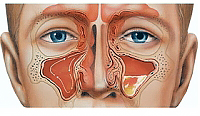 The treatment of hymoritis is usually starting with the use of medicines. Powerful antibiotics are used, and before the beginning of the fight against the disease, it is desirable to take the analysis on the sensitivity of the pathogen to drugs. In addition to antimicrobial agents, antihistamines are used, antifungal drugs.
The treatment of hymoritis is usually starting with the use of medicines. Powerful antibiotics are used, and before the beginning of the fight against the disease, it is desirable to take the analysis on the sensitivity of the pathogen to drugs. In addition to antimicrobial agents, antihistamines are used, antifungal drugs.
An important element of conservative treatment is the use of vesseloring droplets. These drugs reduce the swelling of the nasal mucosa, improving the separation of mucus from the sinuses.
Operational methods resort to inefficiency of drug therapy. Use elements of small surgery — Puncture with the drainage of the nasal sinuses. This method is considered the most gentle and quite effective.
With the ineffectiveness of repeated punctures, as well as in some forms of sinusitis, doctors decide to apply full operational intervention. The sinuses are opened, all their contents are cleaned. The cavity is then processed by antiseptics and antibiotics and closes. Drainage is introduced into the sinus to improve outflow from it.
Features of symptoms of sinusitis in children
Special symptoms of samorite in children are practically no. However, the course of the disease may differ. This is due to the frequent presence in the kids of adenoids, which themselves worsen their breath. Not immediately, but these growths violate the ventilation of the nasal sinuses, leading to the development of a hymorite. Therefore, the treatment of adenoids should begin as early as possible.

